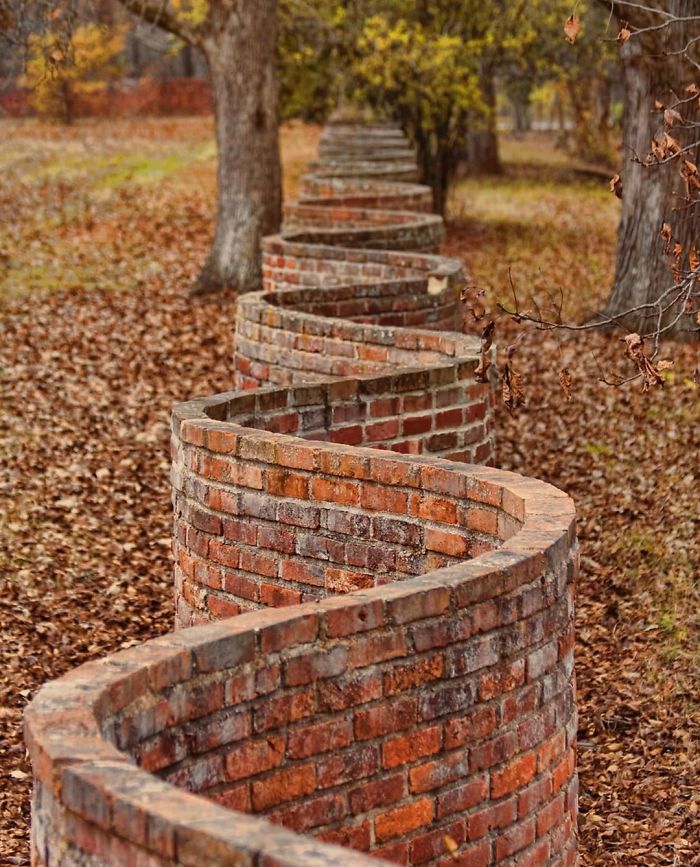ALCO NEWS
The Crinkle-crankle wall explained!
What comes to your mind when you think about the United Kingdom? The Queen? Tea? Driving on the other side of the road? How about wiggly walls? “Wiggly what?”, you may ask – well, allow us to elaborate.
Wiggly walls, also known as “crinkle crankle” walls, is a type of garden wall that is build in a unique snake-like shape. They are quite popular in the UK and often leave visitors wondering why on earth were the walls built in such a distinctive shape. Well, apart from looking rather funky, there’s actually a rather simple explanation – it takes less bricks to make a wavy wall instead of a straight one. If you’re wondering why, that’s because a “crinkle crankle” wall can be built one brick wide without toppling over like a straight wall would.
Although typically associated with the county of Suffolk, a local man named Ed Broom has undertaken to identify, visit, and photograph all the county’s surviving crinkle-crankle walls. To date he has documented 105, with a further five to be confirmed, of which thirty-two have been listed to at least Grade II standard.
However, crinkle-crankle walls are not peculiar to Suffolk. There are examples to be found in Whitechurch Canonicorum in Dorset and Egginton and Hopton in Derbyshire. Lymington in Hampshire boasts several, built thanks to the availability of cheap labour in the form of French prisoners, captured in the Napoleonic Wars, including one in Church Lane, marking the boundary between the lane and the garden of Elm Grove House.


Why, though, does this twisting wall design exist? It’s incredibly ancient — architectural records show that building continuous, wavy walls was a technique known to the Egyptians some four thousand years ago — but it was probably only introduced to England in the 17th century. Dutch engineers were hired to assist in the draining of the Fens to transform the marshes into farmland. As well as laying drainage and irrigation systems, they built brick walls, but to a very different design from that to which the locals were accustomed. Instead of a straight wall two bricks thick, the Dutch walls were only one brick thick and wavy. They were called slange muur, snake walls, and they were built to help solve a very specific problem.
Conditions in the Fenlands were challenging. The ground was notoriously soggy, wet, and unstable, making it difficult to build on, while the flatness of the terrain exposed any structure to the full force of the elements. With their shallower foundations, the Dutch designed walls proved more adaptable to the conditions and with their series of alternate convex and concave curves, offered less of an exposed target to the winds that blew across the Fens than a straight wall did.
An added advantage — and a counterintuitive one — is that it took fewer bricks to build a wavy wall than a straight one. This is because a curvy wall gains all the support it needs from its sinuous shape, while a straight wall needs to be strengthened using buttresses in the form of a wide footing or supporting posts positioned every few metres.
And there you have it …..the crinkle-crankle wall explained!

